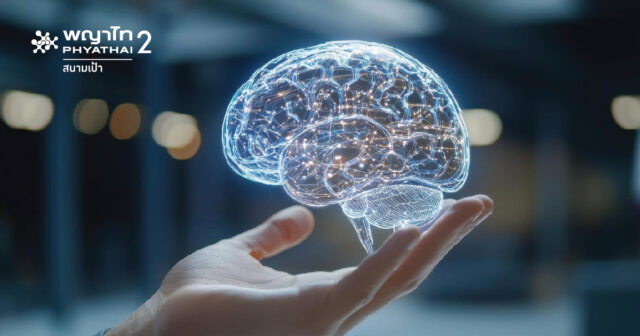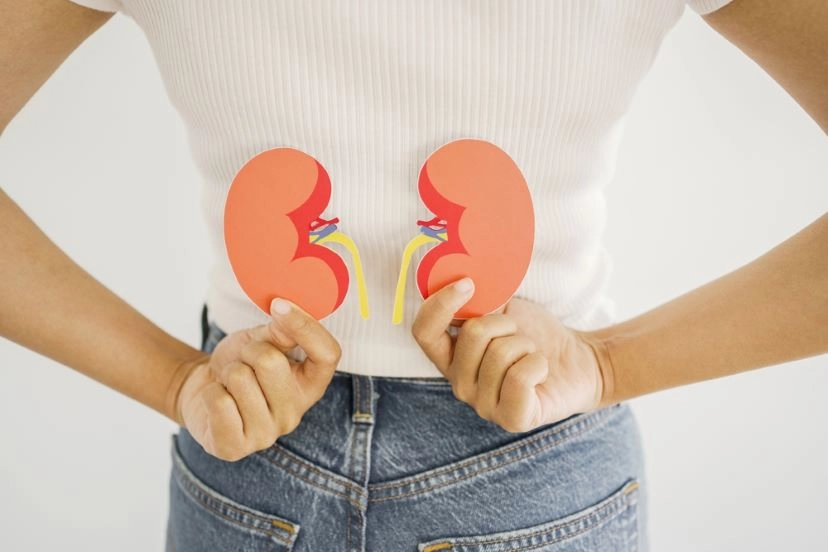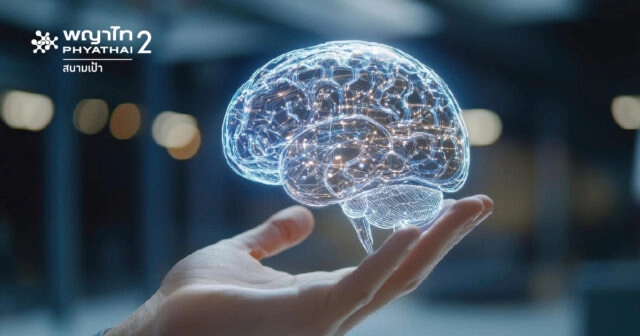TMS: Brain and Nervous System Rehabilitation Technology

Transcranial Magnetic Stimulation (TMS) is a medical technology that uses magnetic fields to stimulate neural activity in the brain without the need for surgery. Its primary goal is to balance brain function, alleviate symptoms of various conditions, and promote recovery in patients with brain and nervous system disorders.
What is a TMS Device?
A TMS device generates high-intensity magnetic fields, which are emitted through a coil. When the coil is placed over the head, the magnetic field passes through the skull to stimulate specific neurons in targeted areas of the brain. This procedure does not involve surgery or drilling into the skull, making it a highly safe treatment method.
Which Conditions Can TMS Treat?
TMS therapy is commonly used to balance brain function in various neurological and psychological conditions for both children and adults. It primarily targets disorders related to the brain and nervous system.
In Children:
- Autism Spectrum Disorder (ASD): Stimulates brain regions involved in communication and behavior to support developmental progress.
- Attention Deficit Hyperactivity Disorder (ADHD): May help improve focus and reduce distractibility by regulating brain activity.
- Developmental and Learning Disorders: Currently under research to enhance specific brain functions related to learning and development.
In Adults:
- Major Depressive Disorder (MDD): Stimulates underactive brain areas to relieve depressive symptoms.
- Anxiety Disorders: May help reduce anxiety and panic symptoms.
- Obsessive-Compulsive Disorder (OCD): Used alongside psychotherapy to help manage obsessive thoughts and compulsive behaviors.
- Chronic Pain (e.g., Migraines): Can decrease the frequency and severity of chronic pain and migraines.
- Parkinson’s Disease: Research suggests TMS may aid in improving motor function and reducing symptoms.
TMS Treatment Procedure
1. Pre-Treatment Assessment:
The doctor will review the patient’s medical history, perform a physical examination, and assess brain function. MRI or brain X-ray scans (if available) are used to develop a personalized treatment plan.
2. Coil Placement on the Head:
A trained physician, physical therapist, or nurse will carefully position the magnetic coil on the targeted area of the patient’s head for stimulation.
3. Brain Stimulation:
Once the device is activated, the coil emits magnetic pulses to stimulate neurons in the targeted brain region. Patients may feel a mild tapping or tingling sensation on the scalp and hear a clicking sound from the machine.
4. Treatment Duration:
Each session typically lasts about 20–40 minutes, depending on the treatment plan. Sessions are usually scheduled 3–5 times per week for several weeks, as recommended by the doctor. No hospitalization or recovery time is needed after each session—patients can return home immediately.
5. Follow-Up Evaluation:
After completing the treatment course, the doctor will reassess the patient’s physical and mental health to determine whether further treatment is necessary.
Limitations of TMS Treatment
- Patients with Implanted Medical Devices:
Individuals with implanted devices such as pacemakers or deep brain stimulators should consult a specialist, as the magnetic fields from TMS may interfere with these devices.
- Patients with Metal in the Skull or Head:
Those with metal implants in the skull or head must undergo safety evaluations before treatment to prevent potential risks.
- Patients with Epilepsy:
People with epilepsy need close medical supervision during TMS therapy. The device’s intensity must be carefully adjusted to minimize the risk of triggering seizures.
Benefits of TMS Treatment
- Non-Drug and Non-Surgical Option:
TMS is a non-invasive procedure that doesn’t require medication or surgery. It involves minimal recovery time, allowing patients to resume their daily activities immediately after treatment.
- Minimal Side Effects:
Compared to medications, TMS has fewer side effects. Patients may experience only mild headaches or temporary dizziness after sessions.
- Relief for Chronic Conditions:
TMS can effectively alleviate symptoms of treatment-resistant depression, chronic pain, and other brain-related disorders that do not respond well to medications.
- Supports Recovery and Development:
For patients with movement disorders or developmental issues in children, TMS may stimulate specific brain areas, promoting faster recovery and improved learning abilities.
TMS is a safe and effective technology with the potential to treat various brain and neurological disorders in both children and adults. By using targeted magnetic stimulation, TMS enhances neural function, alleviates symptoms of certain conditions, and supports brain recovery.
However, TMS should always be administered under the supervision and guidance of a specialized physician to ensure a personalized treatment plan that maximizes the benefits for each patient.


